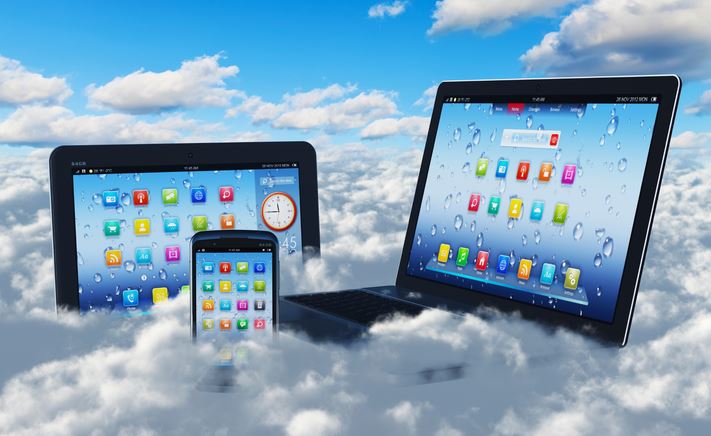
In 2016 the Software-as-a-Service market is due to grow 20.3% from 2015, with an expected value of $37.7 billion. It is a huge market that many businesses are tapping in to, but while there are many on board there is still plenty of scope for growth.
One of the reasons for the growth in the market is because software vendors are shifting their business models from on-premise licensed software to public cloud based offerings – think of companies such as SAP and Oracle which are transitioning their portfolios to the SaaS model.
SaaS applications are clearly on the rise, but what are the benefits to your business?
1. Lower costs
For starters you are only renting the software so there are no upfront costs, the business user has authorisation to use the software for a period of time and pay for the time they are using it.
One of the key benefits is that the user doesn’t have to pay for hardware that hosts the new applications, neither is there a need to provision the resources to install it.
API’s provided by the vendor do the majority of the work in order to get the software running, so often IT is not required to go through an arduous install procedure.
The lower cost of entry really opens SaaS to a wider market of business with smaller budgets.
2. It’s faster
As the user is renting there is no need to buy hardware, which means no waiting times. The renting model also means that the setup time drops from perhaps weeks to just days or hours or less with the SaaS application.
Users are able to provision the server for cloud and quickly have the application ready to use, which means that it is much faster for prototyping or running a proof of concept to see if it is the best fit for the business needs.
The alternative for a long time has been reliant upon waiting for servers to be provisioned which can take time, but with a cloud model the provisioning is near instant, giving the user faster access to the applications they need to use.
Not only is it faster to deploy but it is also faster to learn for the average business user. The applications have been made so that they are simple to use
3. Scalability
SaaS applications are cloud based and that is typically where they live, which makes scaling easy. This ties in with being faster as the SaaS model can quickly adapt to spikes in demand where an on-premise solution couldn’t.
All that is required to scale the SaaS application is to adjust the subscription with the vendor. This isn’t just a benefit of scaling up the application, it is also a benefit of scaling down.
For retailers for example, they know when their peak workloads will be but pricing and planning on traditional software for those peak-loads can lead to over-paying.
SaaS can scale up with demand and scale down when demand drops, providing a better fitting solution.
4. Upgrades
The provider does the work for the business so IT isn’t constantly being bothered by the business requesting for the software to be upgraded.
This means that both cost and effort associated with upgrades and new releases is significantly lower with the SaaS model when compared to traditional software, which typically forces the user to buy an upgrade and install it.
This leads to benefits for IT, yes their job is a little bit less stressful but because they are no longer bogged down with upgrades they can instead focus on delivering in higher value areas to the business.
Because it is so easily upgraded it means that there are less issues that affect the running of any systems.
5. Work anywhere
Depending on your work/life output this is either a good thing or a bad thing. Basically, because the software is hosted in the cloud it is accessible over the internet. This means that it can be accessed via mobile, tablets or other devices when the user is away from the workplace.
So no more excuses of not being able to do the work because they don’t have the reporting programme. All the major SaaS vendors have produced applications that are designed specifically for use on mobile devices – like it or not, work is coming home.
For sales people for example the benefits are numerous. Perhaps they are driving around to multiple meetings and need up to the minute data on orders, when they get to their next meeting they can present up to the minute information about the product, sales data and pretty much anything else that is required.






